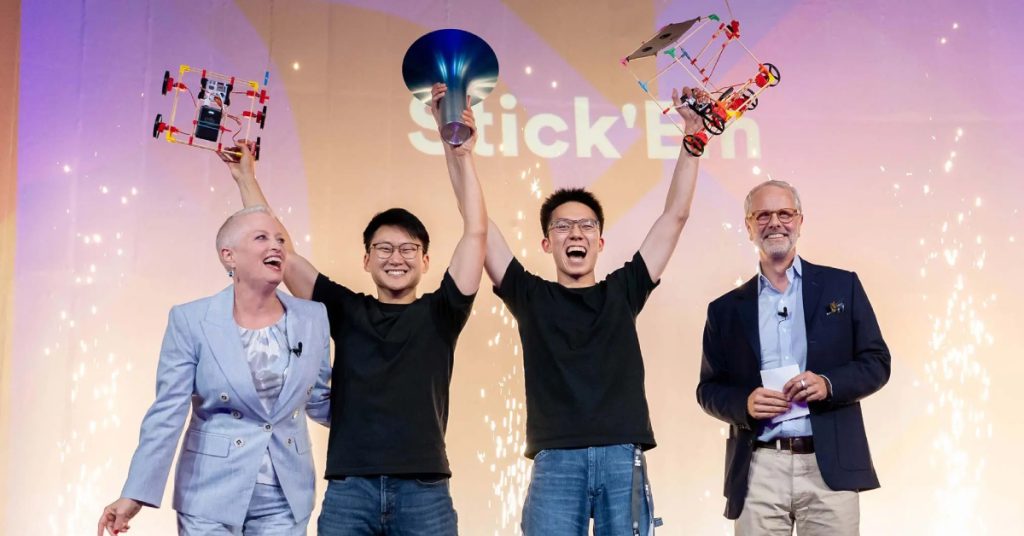With the advancement of technology, one thing that has been steadily losing out in the midst of that is braille, a tactile writing system used by the blind and visually impaired.
New technology, such as audio texts and voice-recognition software, meant that braille is being used less and less everywhere. And although nearly 40 million people are blind or visually impaired in the world today, only 10 percent of them actually know Braille. Ignored in schools, Braille is now considered out-dated and obsolete, it is also considered too difficult to learn.

However, although Braille is said to be difficult to learn later in life, it is important to note that that is exactly the time when certain groups of people, such as soldiers, older people, or diabetics are prone to losing their sight. For many blind people, audio technology is simply not an adequate substitute for reading abilities.
To solve this problem, many have tried inventing various electronic devices with varying degrees of success. However, these inventions often relied on streamlining the process of understanding Braille, but not truly helping the user gain knowledge of the code itself.
Enter this electronic vibrating glove.

This project is led by Thad Starner, a professor at Georgia Institute of Technology, and Ph.D. student Caitlyn Seim. Starner also headed the same team that created a technology-advanced glove that teaches beginners to play piano melodies in 45 minutes. Advancing the same technology, the glove now helps people to understand, read and write Braille.
And here comes the cool part: people who wear the glove do not have to pay attention to it while using it but it still helps them to achieve the same results. Based on passive haptic learning (PHL), the research team has discovered that people can acquire motor skills through vibrations without actually devoting active attention to their hands.
Also read: The future of wearable technology lies in your hands
To back up their research, the team asked a group of research participants to each wear of pair of these gloves, with tiny vibrating motors attached to the knuckles. Divided into two groups, the test group was asked to focus on the task at hand, while the control group was tasked to play video games during the session, and actively ignore vibrations from the gloves.
Amazingly, the participants, even those who were learning while gaming, were all able to read and write Braille after 30 minutes!

Caitlyn Seim had this to say, “Remarkably, we found that people could transfer knowledge learned from typing Braille to reading Braille. After the typing test, passive learners were able to read and recognize more than 70% of the phrase’s letters.”
Now in the middle of its second study, Seim is currently using PHL to teach the full Braille alphabet in four sessions. Of the eight participants, 75 percent of those learning through PHL were able to reach perfect typing performance, and the participants were also able to recognize and read more than 90 percent of the alphabet after four hours of learning.

Due to be presented at the 18th International Symposium on Wearable Computers (ISWC) in September, this device, if further studied and improved, could generate great hope for those who are visually impaired. As one who is holding out hope for a greater and more equal world for everyone, here’s to hoping that the project reaches its full maturation.
Also read: Dyson Invented A Wearable Computer Way Before Google Did














